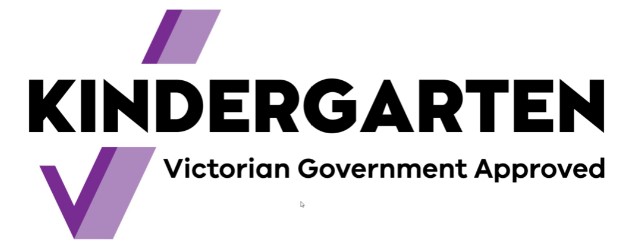The Importance of Visual Learning for Children in Kindergarten
11 June 2020Naturally, people tend to process and express information through the use of visuals. History has shown us that this is the most practical way for people to communicate. Ancient artefacts are usually composed of pictures to explain thoughts and emotions. Even up to today, children have been known to express themselves through drawing abstract illustrations to elaborate their thoughts to an extent.
However, most early education institutions are more focused on developing verbal communication instead. Several child experts are keen on lecturing, storytelling and practice writing to improve children’s communication skills. Such is the case due to the assortment and prevalence of standardised examinations. As more changes in educational approach are being brought by technology, visual learning is slowly becoming a necessary tool due to graphic-centric interface. Below are the importance of visual learning for children in kindergarten.
Visual Learning Basics
First, it is important to know the basics of visual learning. Visual learning constitutes three vital aspects namely – literacy, language and communication. These vital aspects corresponds to the learning prowess of children in terms of visual learning.
Literacy is the ability to decode, imagine and encode images. Decoding requires the learner to understand and translate imagery. Imagining requires the learner to create, interpret and manipulate imagery while encoding is about creating external imagery.
Language, on the other hand, pertains to the non-aural, non-written and gestural communication that heavily depends on marks, forms, design, colour, and shapes to convey messages. Best examples of these are pictograms, hieroglyphs, and ideograms. For children, the most common signs and symbols are trains, planes, busses, restrooms, restaurants. These are stylised illustrations that are more readily understood and non-reliant on verbal language to comprehend.
Lastly, communication tackles the commonly-used form of information transfer. Such includes following traffic instructions and directions through interpreting road signs. Other forms of these are billboards, advertising images, background colours and product packages.
Importance of Visual Learning in Kindergarten
Unknown to many, visual learning can help kindergarteners better engage with the materials. It is also proven to increase retention by 29-42 percent. Educators also noticed that visual learning develops higher-order thinking skills. They are able to hone fundamental abilities that enable students to see and conceptualise visuals clearly. Also, it enhances their tactile hand-eye-mind connections that improve the ability to recall facts and retain learning. Such a technique can serve the unique needs of learners who process information primarily through visuals, as well as increase learning for all students. Aside from that, they provide new opportunities to some students with learning differences and challenge students who are gifted or twice exceptional be an integral part of best-practice intervention methods with individuals on the autism spectrum.

